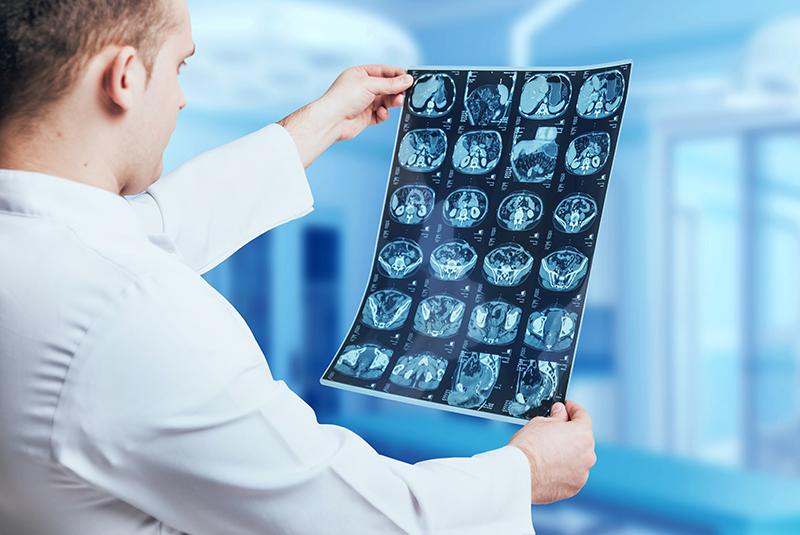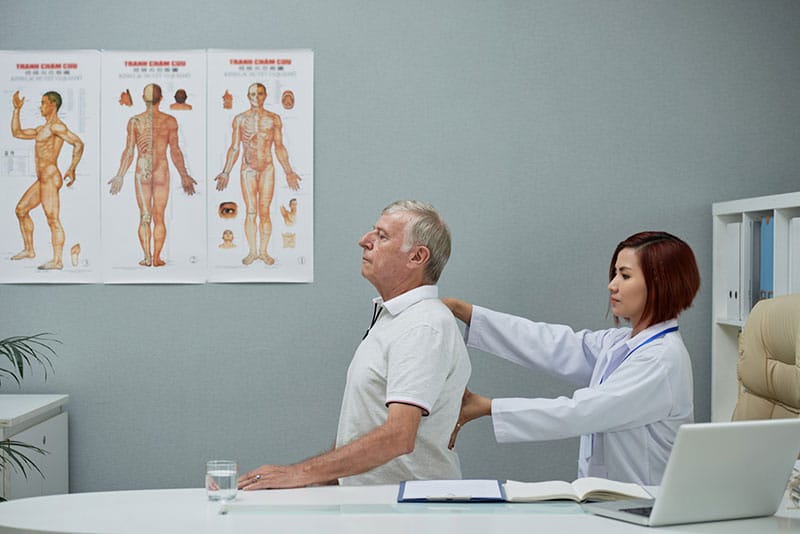
Table of Contents
Accurate clinical documentation is a necessity in any healthcare setting for the provision of consistent and effective patient care. In the context of critical care, which is frequently administered in emergency department (ED) settings, there are specific essential components that must be fulfilled and meticulously recorded in the medical record. In today’s healthcare practices, outsourcing medical transcription has become widely accepted as an effective strategy to ensure the accurate electronic health record (EHR) documentation. In addition to ensuring patient safety and quality care, furnishing precise, time-based critical care documentation supports many important goals.
How does Proper Critical Care Documentation foster Quality Care?
Critical care refers to the provision of medical treatment for life-threatening injuries and illnesses, often within an intensive care unit (ICU) setting. The American Medical Association (AMA) defines a critical illness or injury as an impairment of one or more vital organ systems, with imminent or threatening deterioration in the patient’s condition.
Critical care documentation plays a pivotal role in the delivery of quality care as it serves as a comprehensive and detailed account of a patient’s condition, the treatments administered, and their overall progress during their stay in this high-acuity healthcare environment. Here’s how proper documentation supports critical care delivery:
- 1. Continuity of patient care: Accurate and detailed critical care documentation ensures seamless information exchange among healthcare providers involved in a patient’s care. This is crucial for delivering consistent and effective care, especially in a fast-paced and high-stress environment like the ICU.
- 2. Clinical decision-making: Comprehensive documentation provides clinicians with a historical perspective on a patient’s condition. This helps them make informed decisions about treatment plans, interventions, and adjustments to ongoing care.
- 3. Medication management: Medication errors can have severe consequences in critical care. Accurate documentation of medication administration, dosages, and timing is vital in preventing errors and for monitoring a patient’s response to medications.
- 4. Interdisciplinary teamwork: Critical care often involves a team of healthcare professionals from various specialties. Comprehensive documentation enables effective communication and collaboration among these team members.
- 5. Risk management: Proper documentation can help in identifying potential risks and complications early. Timely intervention can mitigate these risks and improve patient outcomes.
- 6. Legal and regulatory compliance: Comprehensive documentation helps healthcare facilities comply with legal and regulatory requirements. Efficient medical record maintenance the only way for the physician to prove that the treatment was carried out properly. It ensures that healthcare providers are protected legally and ethically.
- 7. Fosters patient communication: Sharing critical care documentation with patients and their families can promote transparency and fosters trust between healthcare providers and patients. This helps patients and caregivers understand the patient’s condition, treatment options, and progress.
Critical care documentation also drives quality assurance and improvement, helps hospitals in resource allocation, and contributes to medical research and education.
What are the Essentials Components of Critical Care Documentation?
Accurate and thorough documentation of certain components is crucial not only for ensuring that the patient receives appropriate care but also proper coding and billing. Accurate documentation supports the emergency room medical billing and coding process by enabling coders to assign the correct diagnosis and procedure codes, helping physicians receive optimal reimbursement for the care they provide. Documenting the following components is essential to reflect the level of care provided and justify the billing for critical care services:
- Patient’s condition: Clearly state the patient’s condition or diagnosis that necessitates critical care. This should include information on the severity of the illness or injury and the reason for admission to the intensive care unit (ICU). Documenting the severity of the illness or injury and the reason for admission to the intensive care unit (ICU) is crucial for providing a comprehensive and accurate medical record. The documentation must clearly describe the reason for ICU admission and include:
- The primary diagnosis or medical condition
- Severity assessment, e.g., severe respiratory distress, altered mental status, hemodynamic instability] indicative of the critical nature of their condition. Document relevant clinical findings and vital signs indicating the severity.
- Coexisting conditions and complications: Any relevant comorbidities or complications that contribute to the complexity of their medical status and necessitate intensive care management.
- Reason for ICU-level care: Provide the decision to admit the patient to the ICU was based on the need for:
- Continuous monitoring of vital signs and clinical status.
- Frequent assessment and adjustment of treatments, including specific treatments or interventions, e.g., mechanical ventilation, vasopressor support
- Specialized nursing care and expertise to manage the critical aspects of the patient’s condition.
- Timely access to advanced diagnostic and therapeutic modalities, such as any relevant procedures or interventions
- Goals of ICU care
- Prognosis and anticipated course of care
- Time: Critical care services are typically billed based on time, so it’s essential to record the start and end times of each critical care episode.
- Critical care initiating event: Describe the event or circumstances that initiated the need for critical care. This could be a sudden deterioration in the patient’s condition, a life-threatening injury, or any other event that necessitates immediate and intensive medical intervention.
- Physical examination: Document a comprehensive physical examination, including vital signs, neurological status, cardiovascular status, respiratory status, and any other relevant findings. Include details about any abnormalities or changes in the patient’s condition.
- Diagnostic testing: Include the results of diagnostic tests such as laboratory tests, imaging studies, and monitoring data. Document the reasons for ordering these tests and how the results influenced patient management.
- Treatment and interventions: Detail the treatments and interventions provided during the critical care period. This should include procedures, medications administered, ventilator settings (if applicable), and any other critical interventions performed.
- Medication management: Clearly document all medications administered, including the name, dosage, route, and frequency. Indicate whether any medications were used for life-saving purposes or to stabilize the patient.
- Response to treatment: Record the patient’s response to the treatments and interventions. Describe any improvements or deteriorations in the patient’s condition, and note any changes in vital signs or other relevant parameters. For example, suppose a patient presented with a heart attack, necessitating critical care treatment. If the patient responded positively to treatment, document the improvements in vital signs, resolution of chest pain, and evidence of reduced myocardial damage. This favorable response to critical care intervention demonstrates the effectiveness of the treatment provided in the ICU. Such documentation is essential for tracking a patient’s progress and adjusting their care plan accordingly.
- Consultations: If other specialists or consultants are involved in the patient’s care, document their assessments and recommendations. This helps establish the need for a multi-disciplinary approach to critical care.
- Discussions with family: If discussions with the patient’s family or surrogate decision-makers occur, document the nature of these discussions, the individuals involved, and the decisions made regarding the patient’s care.
- Continuity of care: Note any plans for ongoing care, including transfer to another unit or facility, consultations with other specialists, or any changes in the patient’s care plan.
The medical record should be signed and dated by the attending physician or other qualified healthcare providers who participated in the patient’s critical care.
It is essential for healthcare providers to adhering to these established documentation standards and guidelines to ensure patient safety and quality care. However, maintaining EHR documentation while focusing on critically ill patients can be very challenging. This is where timely and accurate critical care transcription services come in.
Outsourcing medical transcription offers numerous benefits for critical care specialists. Trained medical transcriptionists can efficiently and accurately transcribe complex critical care notes, ensuring comprehensive documentation of patient information. This not only saves healthcare providers valuable time but also reduces the risk of transcription errors. It streamlines the documentation process and allows healthcare providers to focus more on patient care. Partnering with a HIPAA-compliant medical transcription company can ensure data security and compliance with privacy regulations.










